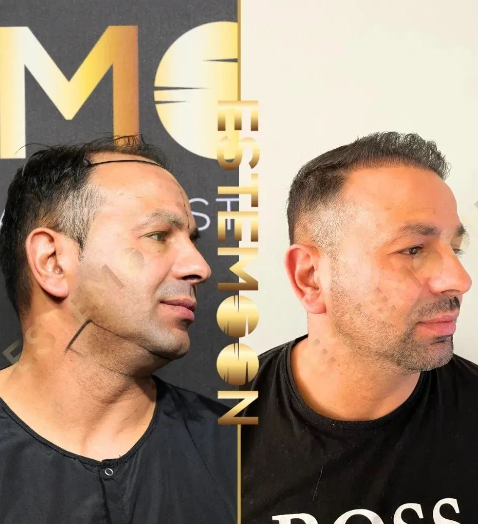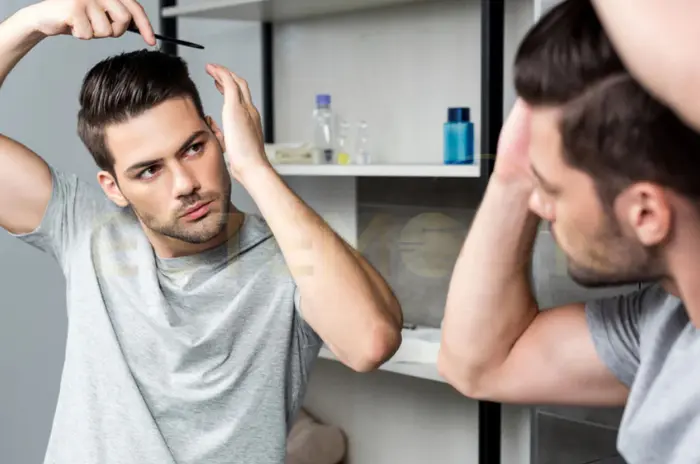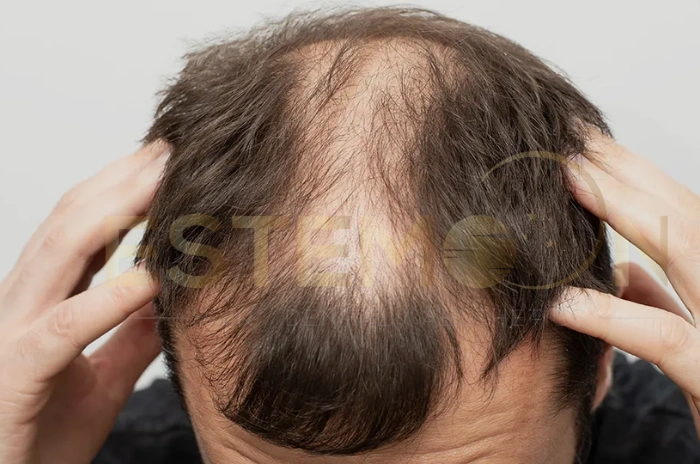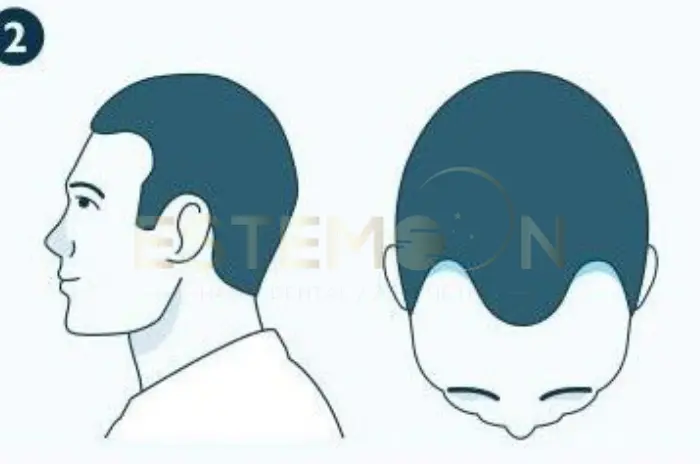After undergoing a hair transplant, caring for your scalp becomes essential to ensure proper healing and promote the growth of transplanted hair. One effective and enjoyable way to support this process is through scalp massage. In this blog post, we’ll delve into the benefits of scalp massage after a hair transplant and provide tips for incorporating this soothing practice into your post-transplant care routine.
The Benefits of Scalp Massage
Scalp massage offers a multitude of benefits for both your scalp and hair follicles, making it an ideal addition to your post-transplant care regimen. Here are some of the key advantages:
- Improved Blood Circulation: Massage stimulates blood flow to the scalp, delivering essential nutrients and oxygen to the hair follicles. This increased circulation can accelerate the healing process and promote hair growth.
- Reduced Swelling: Moreover, gentle massage techniques can help alleviate swelling and inflammation in the scalp, which are common side effects of hair transplant surgery.
- Relaxation and Stress Reduction: Scalp massage is inherently relaxing and can help alleviate stress and tension, which may benefit overall healing and well-being during the recovery period.
- Enhanced Absorption of Topical Treatments: Massaging the scalp can improve the absorption of topical treatments, such as minoxidil or other hair growth products, potentially enhancing their effectiveness.
When Can I Massage My Scalp After Hair Transplant?
It’s crucial to begin scalp massages at an appropriate time after your surgery to prevent any damage to the transplanted grafts. Typically, surgeons recommend waiting until the surgical site has adequately healed. This usually means waiting for at least 7 to 10 days before gently massaging your scalp. This waiting period allows the grafts to securely anchor themselves, which is vital for the success of your hair transplant. Always follow the specific guidelines provided by your surgeon, as the timing can vary based on individual healing rates and the specifics of the surgical technique used.
How to Perform Scalp Massage
Performing scalp massage after a hair transplant is simple and can be done in the comfort of your own home. Follow these steps to ensure a safe and effective massage experience:
- Wait for the Right Time: Avoid massaging the scalp immediately after surgery. Wait until your surgeon gives you the green light, typically a few days to a week post-transplant.
- Use Gentle Pressure: Be gentle when massaging the scalp, especially around the areas where hair follicles have been transplanted. Avoid applying too much pressure to prevent dislodging the grafts.
- Choose the Right Oils: You can use natural oils, such as coconut oil or jojoba oil, to lubricate the scalp and make the massage more comfortable. However, make sure to consult with your surgeon before using any products on your scalp post-transplant.
- Massage Techniques: Use your fingertips to massage the scalp in circular motions, starting from the front and moving towards the back. Take your time and focus on covering the entire scalp area.
- Frequency: Aim to massage your scalp for about 5-10 minutes, 2-3 times a week. You can adjust the frequency based on your comfort level and the recommendations of your surgeon.
Oil Massage After Hair Transplant
Using natural oils during scalp massages can enhance the benefits of the massage by moisturizing the scalp and reducing any dryness or flakiness. Popular choices include:
- Coconut Oil: Known for its hydrating and anti-inflammatory properties, coconut oil can soothe the scalp and provide essential nutrients to the hair follicles.
- Jojoba Oil: This oil is similar to the natural oils produced by the skin and is excellent for moisturizing without clogging pores, making it ideal for post-transplant care.
When using oils, it’s important to apply them carefully and gently. Start by warming a small amount of oil in your palms and then softly massage it into the scalp using your fingertips. Be particularly gentle around the transplanted areas to avoid disturbing the grafts. As with all aspects of post-transplant care, consult your surgeon before using any oils to ensure they are safe and suitable for your specific situation.
Conclusion
Incorporating scalp massage into your post-hair transplant care routine can offer numerous benefits, including improved blood circulation, reduced swelling, and enhanced relaxation. However, it’s essential to wait until your surgeon gives you the go-ahead and to use gentle techniques to avoid causing any harm to the newly transplanted hair follicles. By making scalp massage a regular part of your post-transplant care regimen, you can support optimal healing and promote the growth of healthy, natural-looking hair.
For a comprehensive overview of all the services and treatments we offer, along with the latest updates and resources, be sure to visit Estemoon Clinic.




